Continuing our discussion of Investing in Laguna Beach with a 1031 exchange. Note that there are special limitations on vacation homes. (You can read Part 1 here and Part 2 here.)
1031 Exchange Vacation Homes
You may have heard stories of taxpayers that used the 1031 provision. They swap one vacation home for another. Perhaps they even exchanged it for a house where they eventually want to retire. And, they may have used Section 1031 exchange of vacation homes to delay any recognition of gain. Later, they moved into the new property, making it their primary residence. They eventually planned to use the $500,000 capital-gain exclusion. This exclusion allows you to sell your primary residence and, combined with your spouse, protect $500,000 in capital gain. This protection worked so long as you lived there for two years out of the past five.
But, in 2004, Congress tightened that loophole on 1031 exchange vacation homes. So, while taxpayers may continue to turn a vacation home into rental properties and do 1031 exchanges, turning it into a primary residence has limitations. For example: If you discontinue using your beach house and rent it out for six months to a year, and then exchange it for another property it likely qualifies for a 1031 swap. This arrangement works so long as you lease it to a tenant and manage it in a businesslike manner. Note: according to the IRS, offering the vacation property for rent without actually having tenants would disqualify the property for a 1031 exchange.
Moving into a 1031 Swap Residence
If you intend to use the property you exchanged for as your new second or even primary home, you cannot move in right away. In 2008, the IRS created the safe harbor rule. The IRS said it would not challenge whether a replacement dwelling qualified as an investment property for purposes of Section 1031 if the owner met specific requirements. To meet that safe harbor, in each of the two 12-month periods immediately after the exchange:
- you must rent the dwelling unit to another person for a fair rental for 14 days or more.
- your own personal use of that dwelling unit cannot exceed “the greater of 14 days or 10% of the number of days during the 12-month period that the dwelling unit is rented at a fair rental.”
In addition, after successfully swapping one vacation or investment property for another, you cannot directly convert the new property into your primary home to take advantage of the $500,000 exclusion.
Before the law changed in 2004, investors could transfer one rental property in a 1031 exchange for another rental property. Then, they could rent out the new rental property for a period, move into the property for a few years and then sell it. This allowed them to take advantage of the exclusion of gain from a principal residence sale. But now, if you acquire property in a 1031 exchange and then later attempt to sell that property as your principal residence, you cannot. The exclusion does not apply during the five-year period that begins with the date the property was purchased in the 1031 like-kind exchange. So, you’ll have to wait a lot longer to make use of the primary-residence capital-gains tax break.
The Bottom Line
A 1031 exchange can be used by savvy real estate investors as a tax-deferred strategy to build wealth. The many, complex moving parts not only require understanding the rules but also enlisting professional help, even for seasoned investors.
Find the Right Property Advisor For You
If you would like to know more about Laguna Beach investment property or a 1031 exchange vacation home, let me know. Finding the best property advisor that fits your needs doesn’t have to be hard. I am commercial-certified and can help investors acquire an investment property. And, I offer leasing services, so if you have a vacation home that you want to lease out, let me know. When you’re ready to sell it, let me help you with your 1031 exchange.
Potential Investment Properties
Check out these condominium properties on the market in Laguna Beach now.

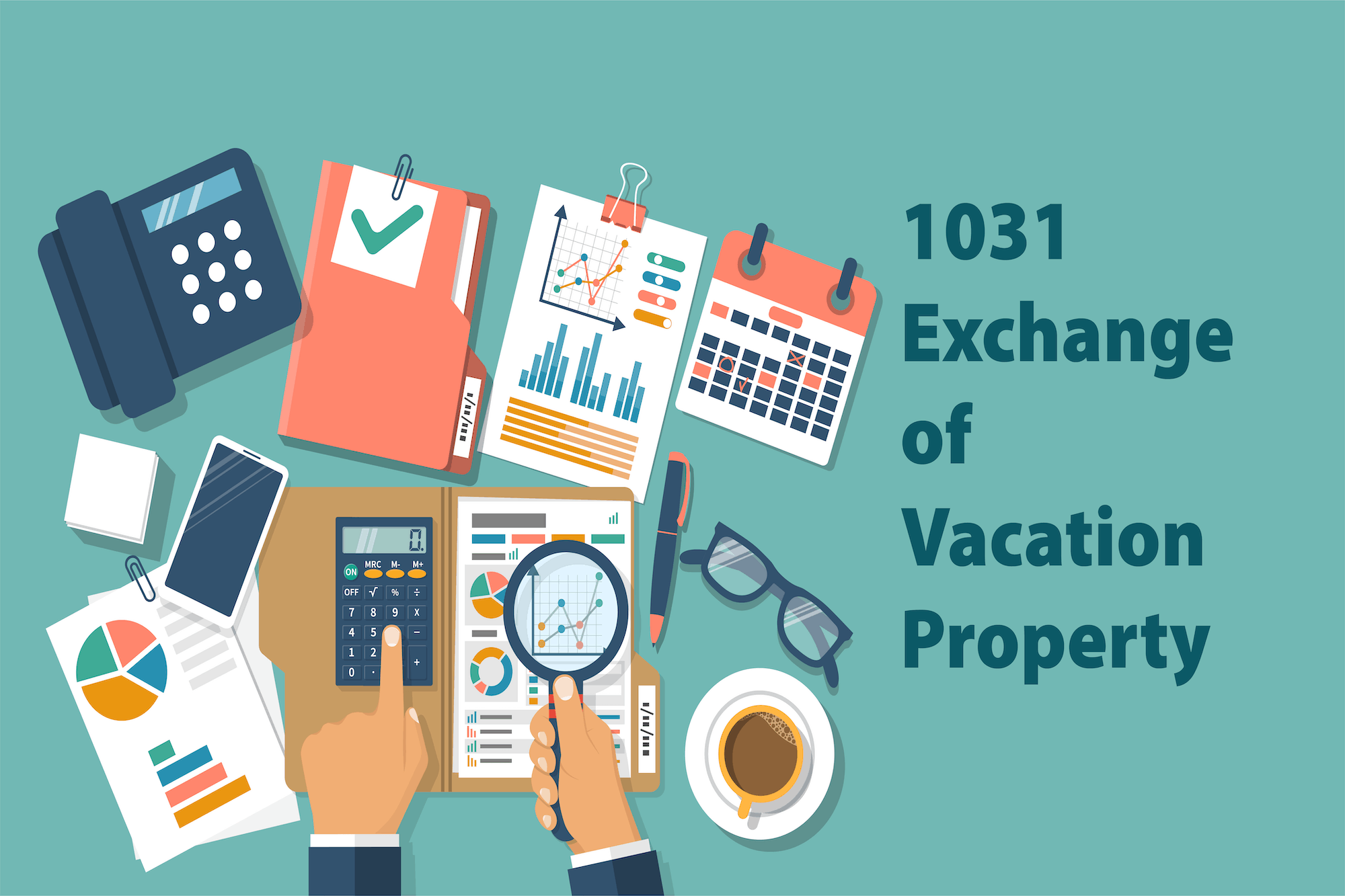
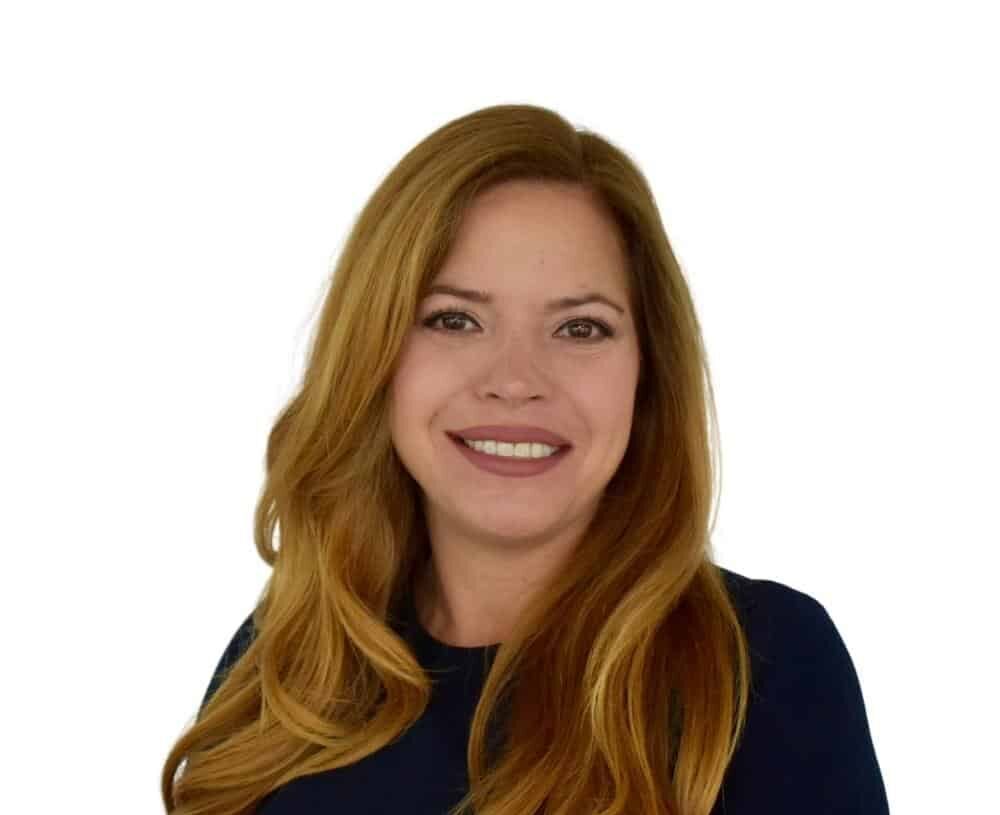
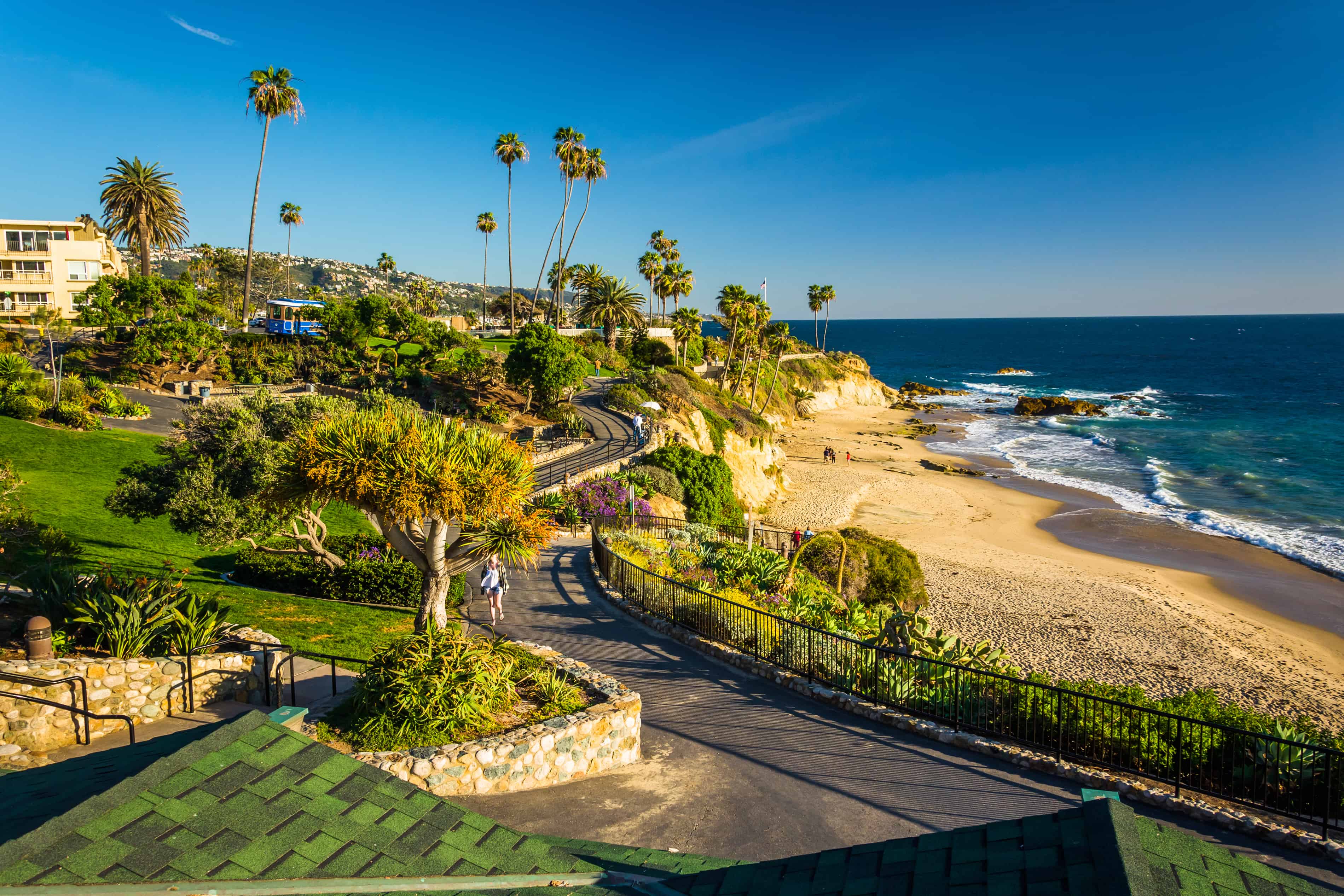

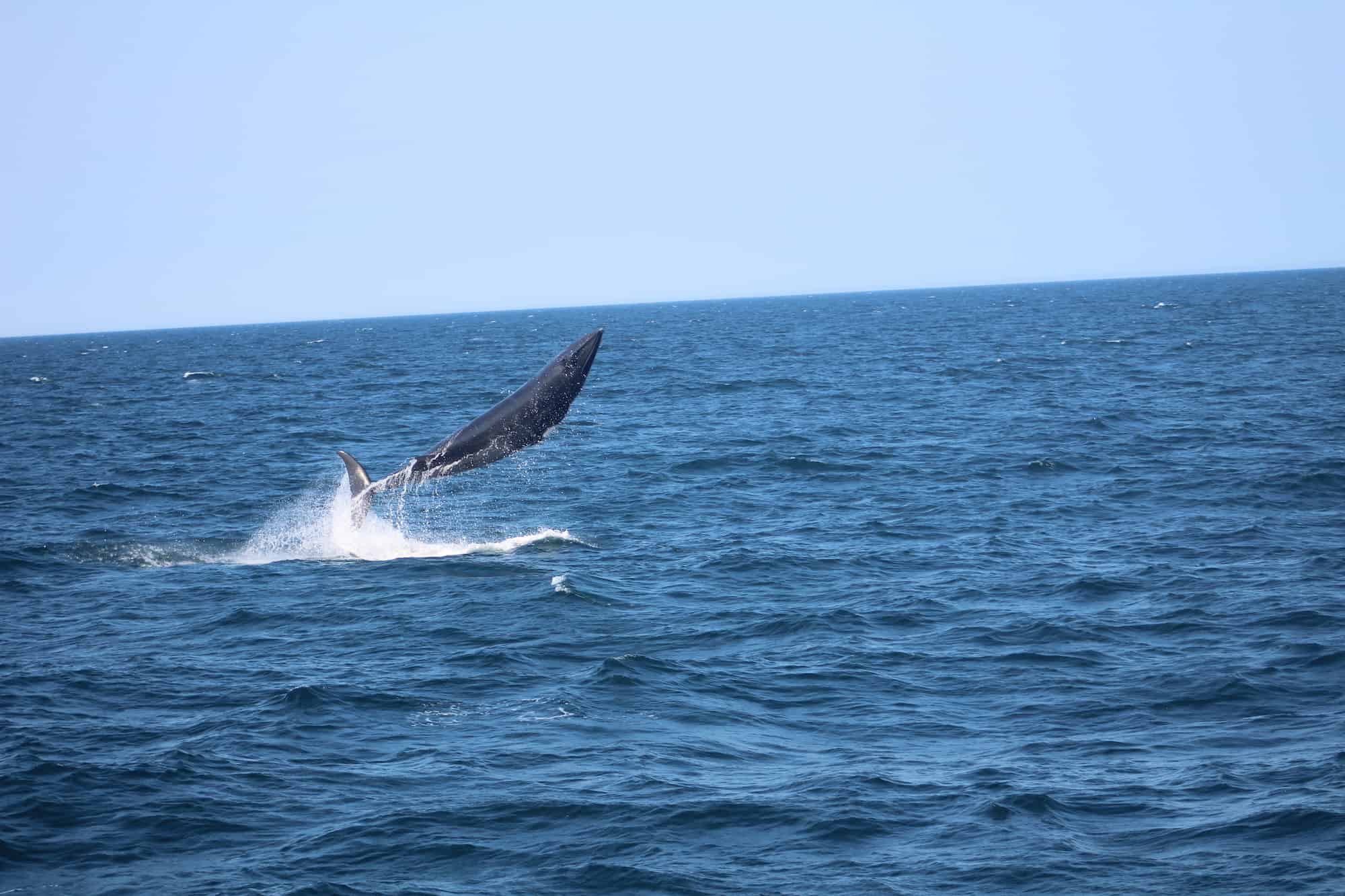
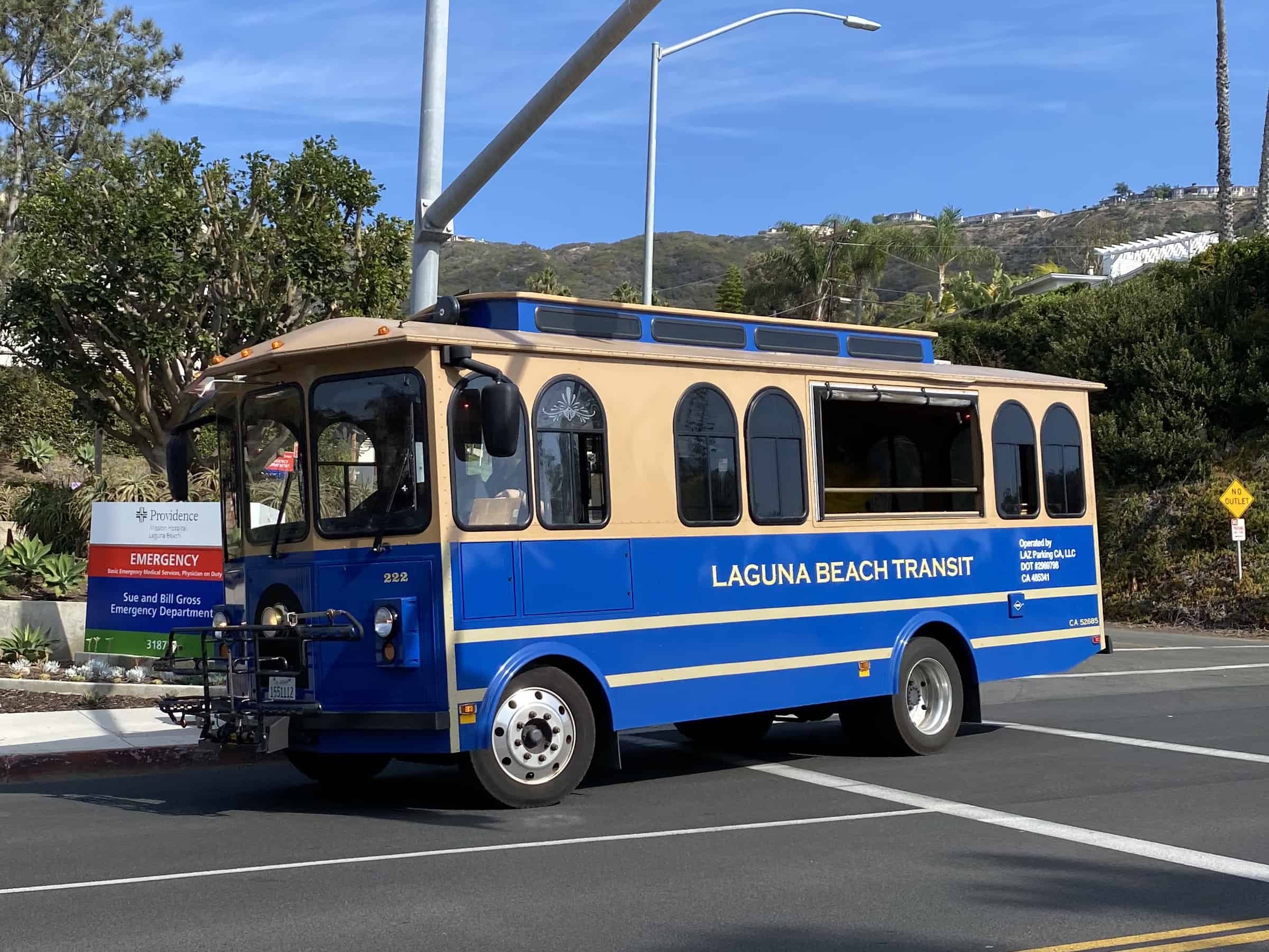
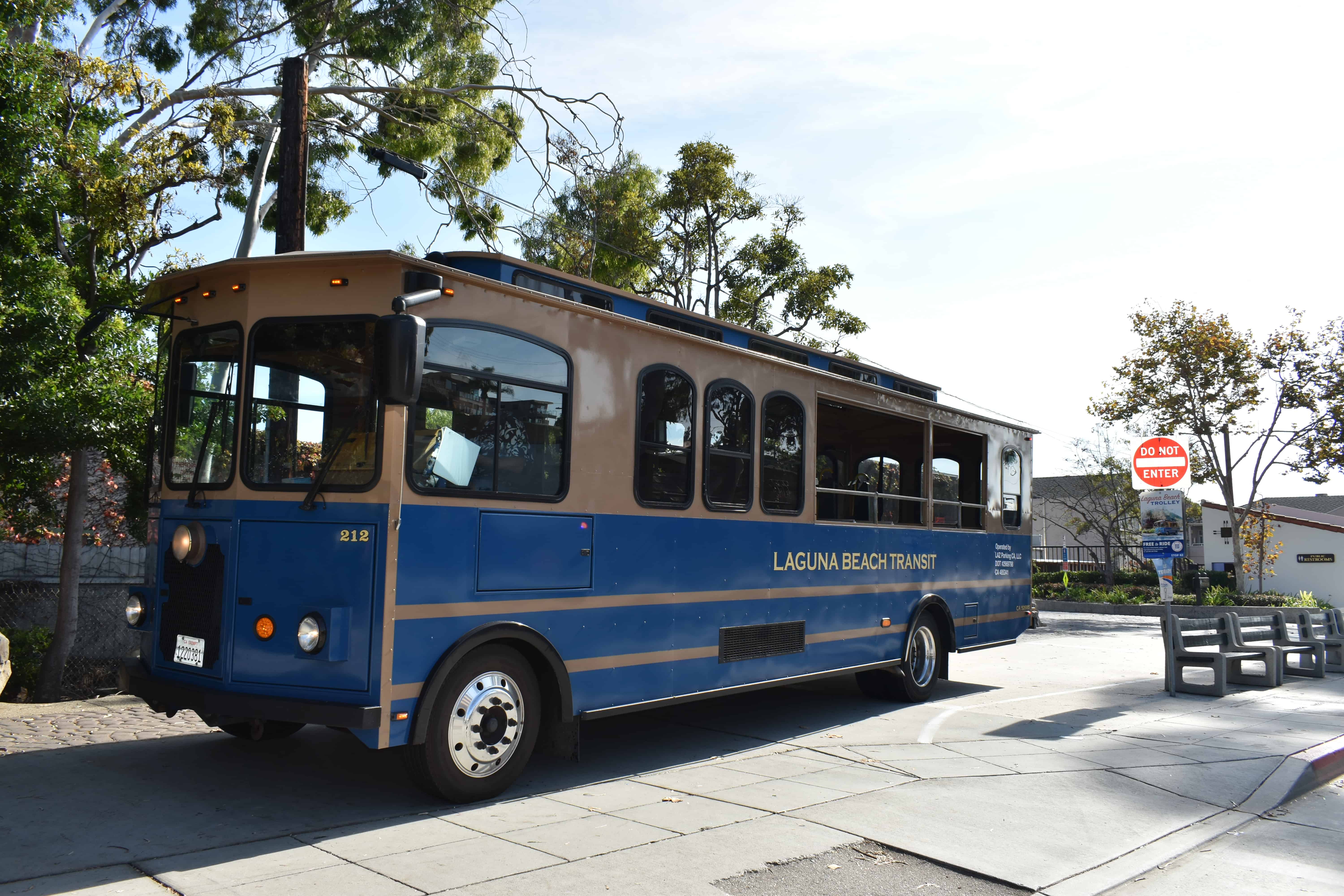

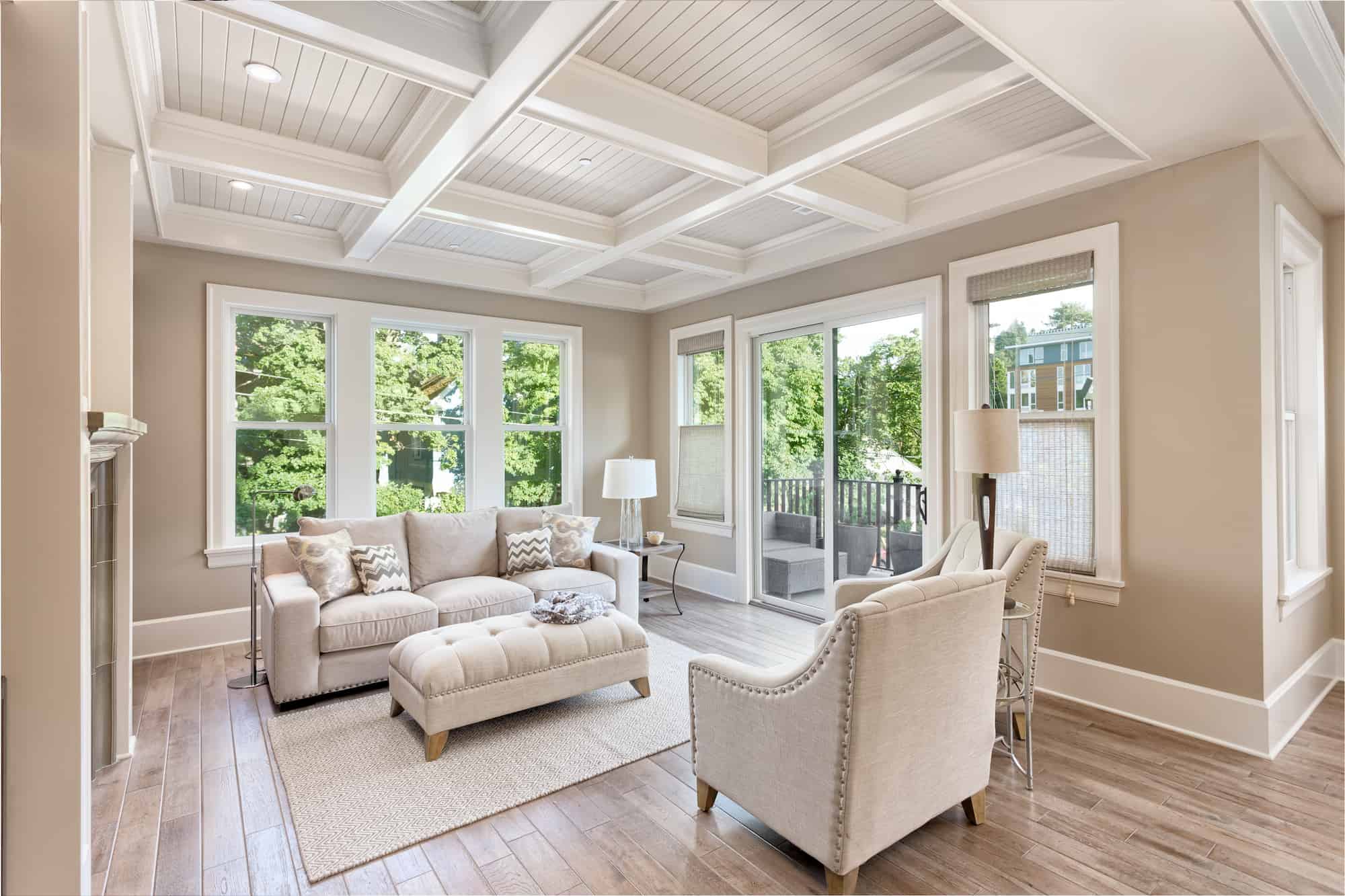
Leave A Comment
You must be logged in to post a comment.